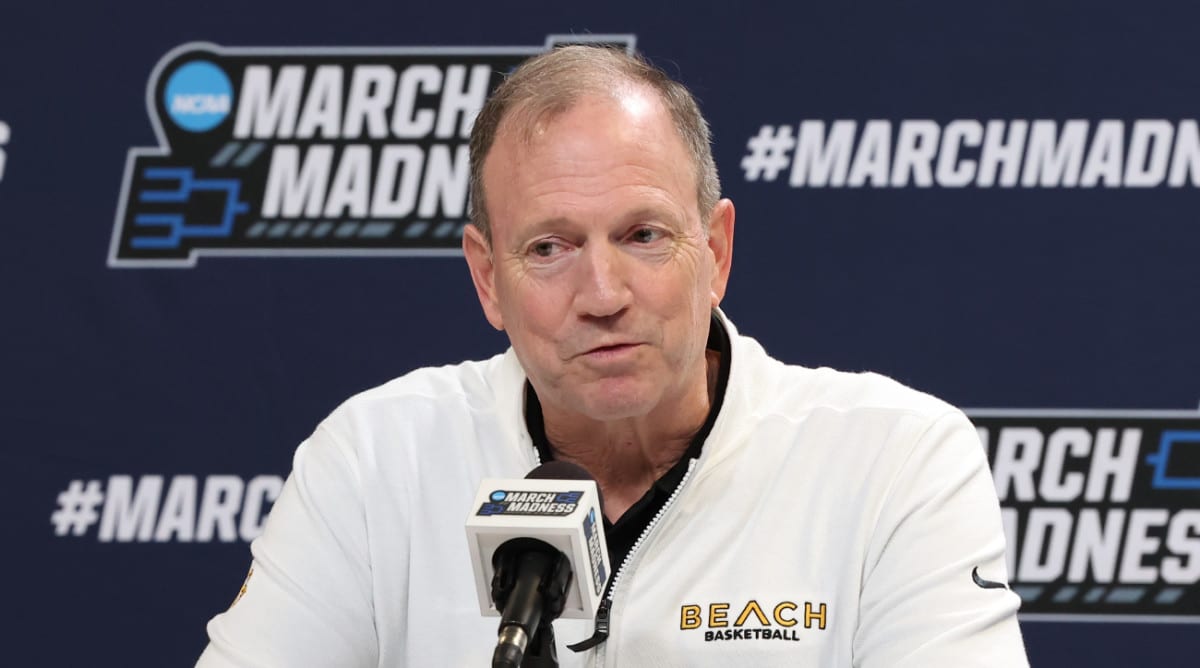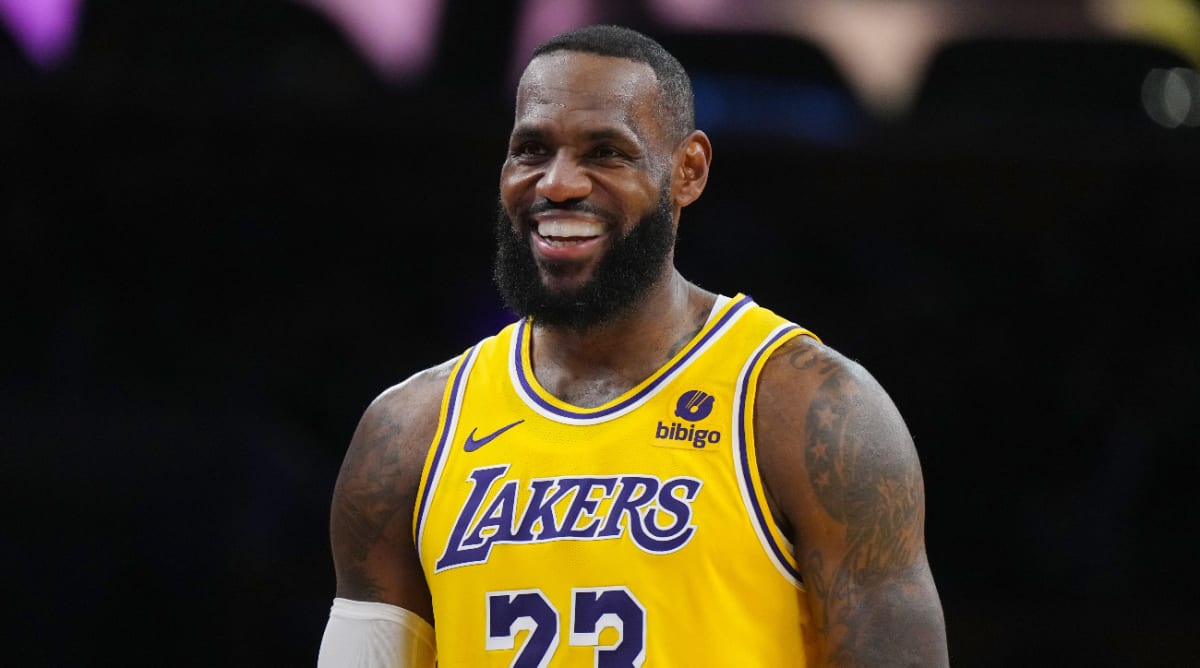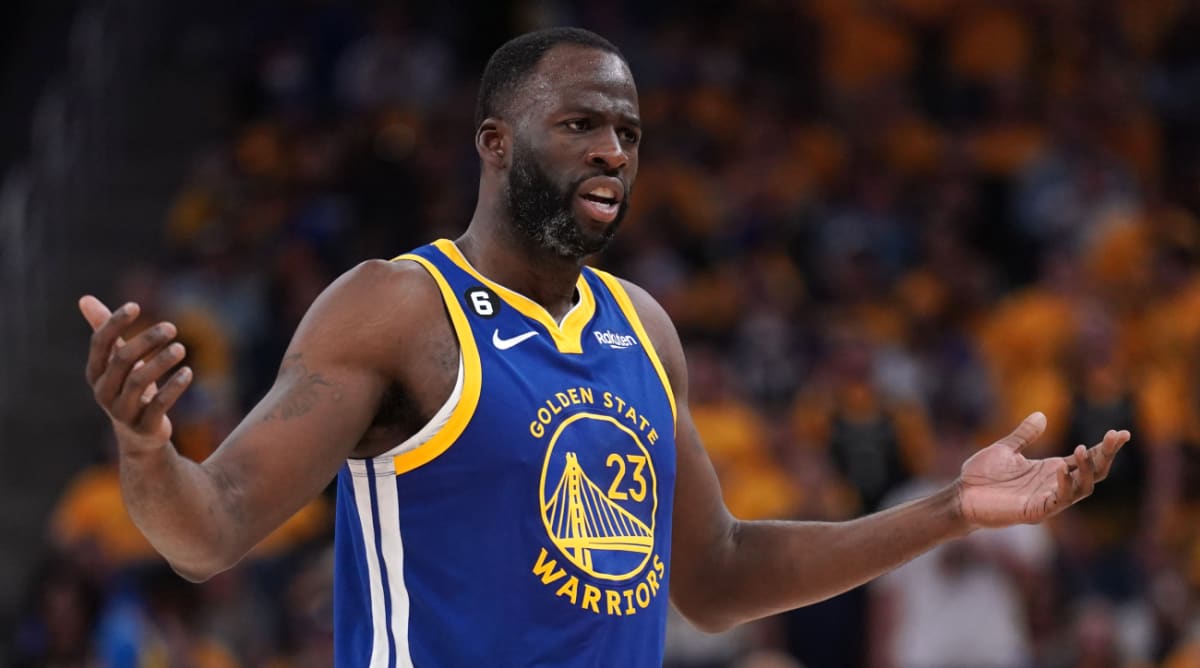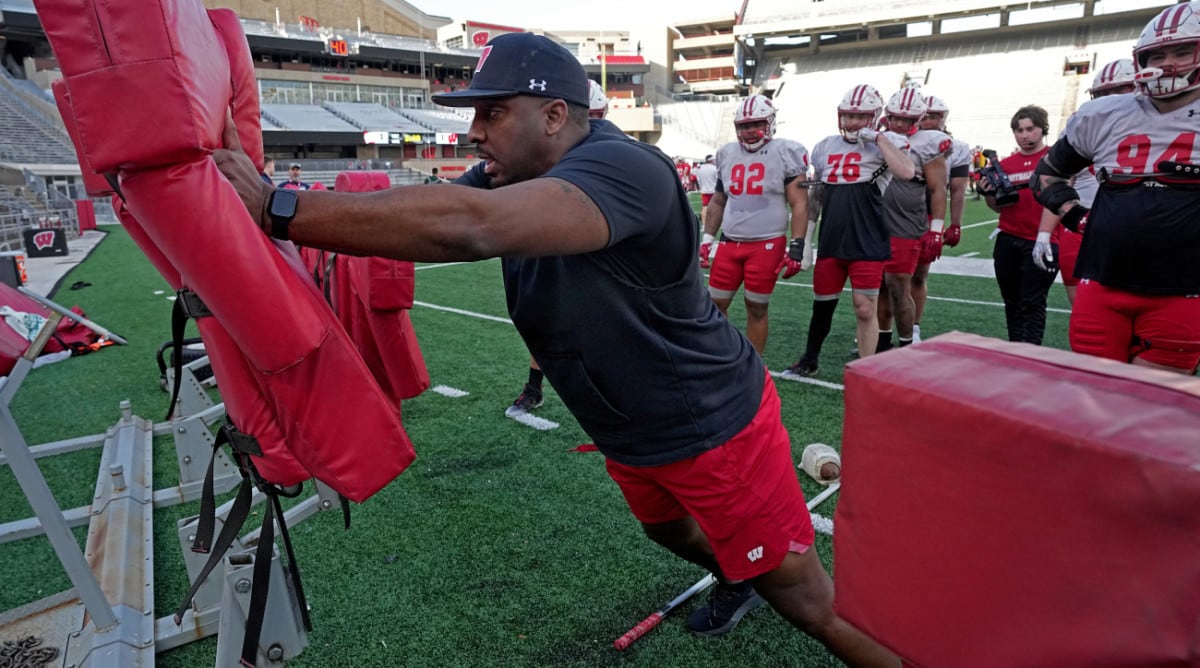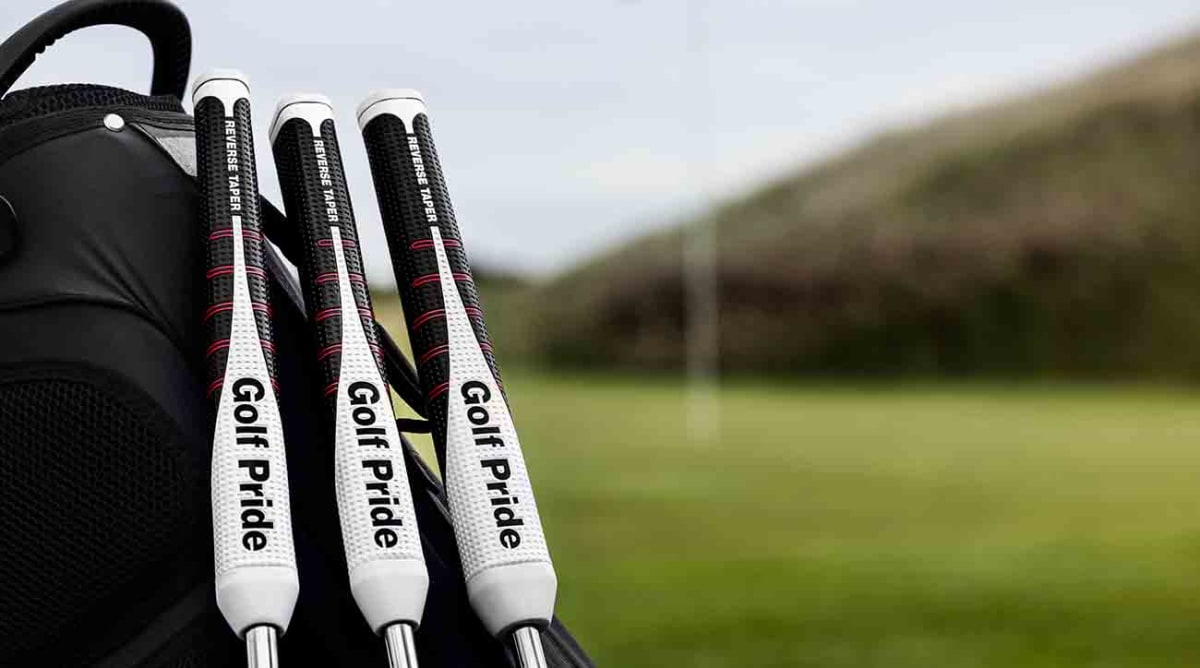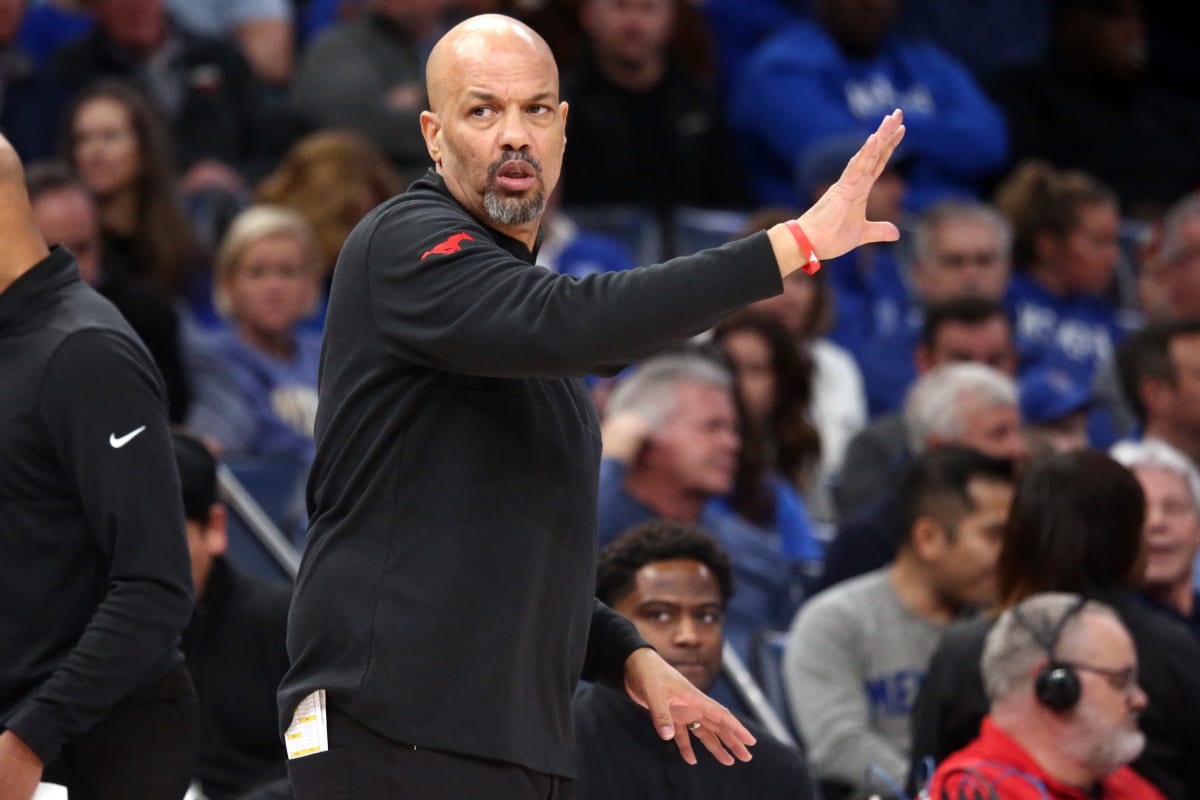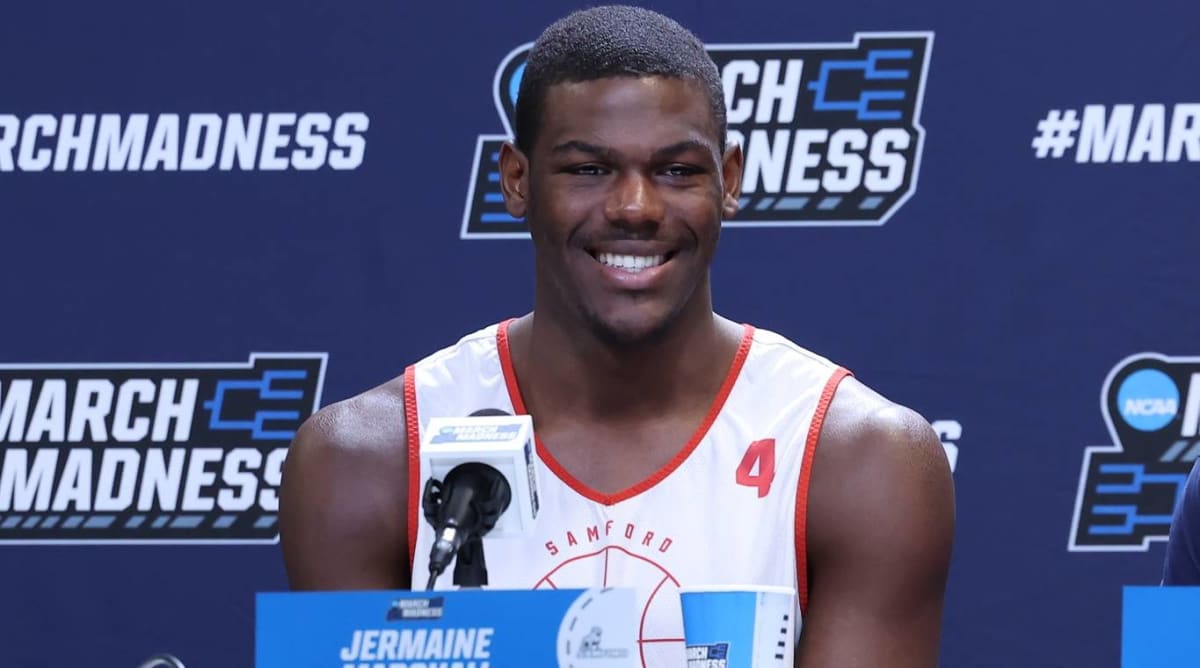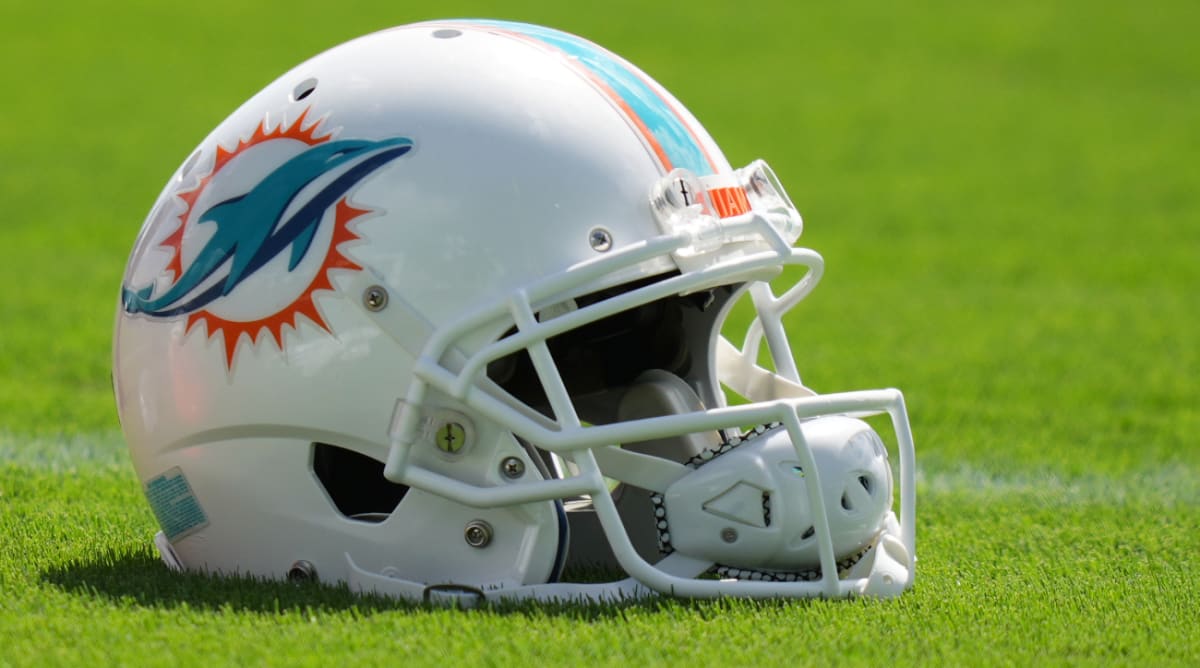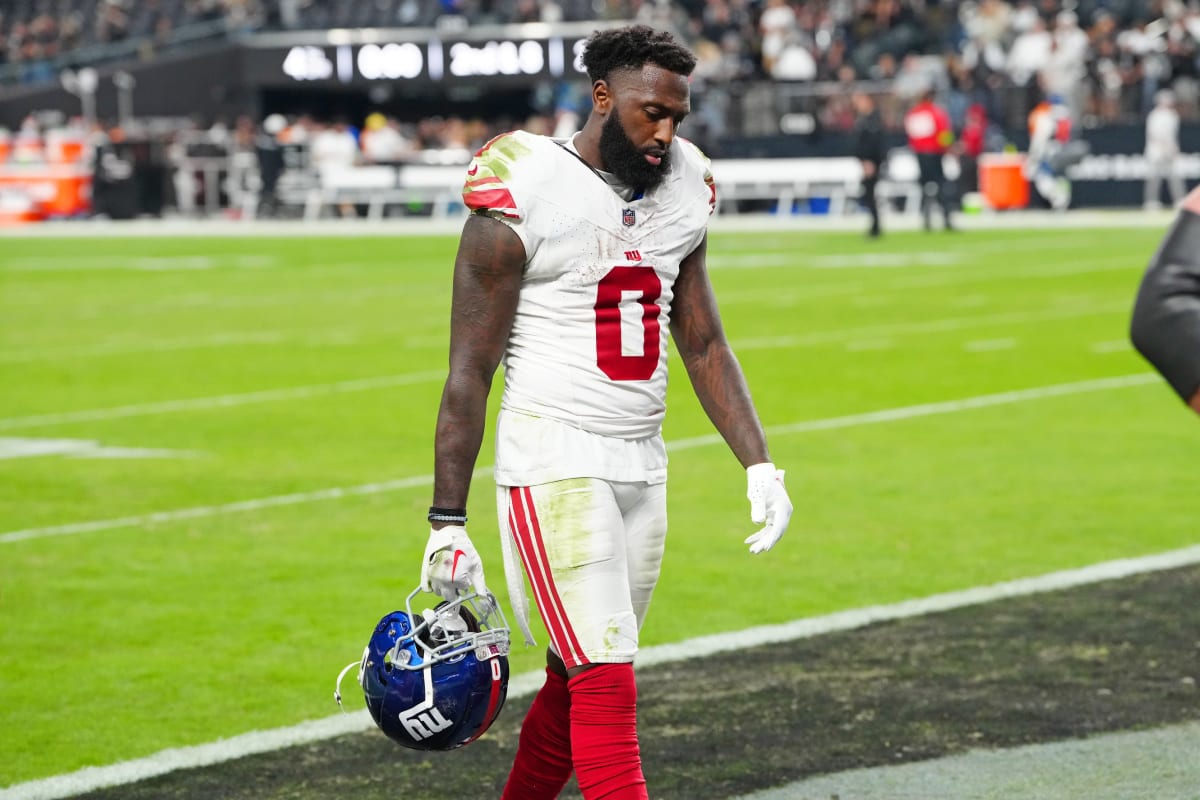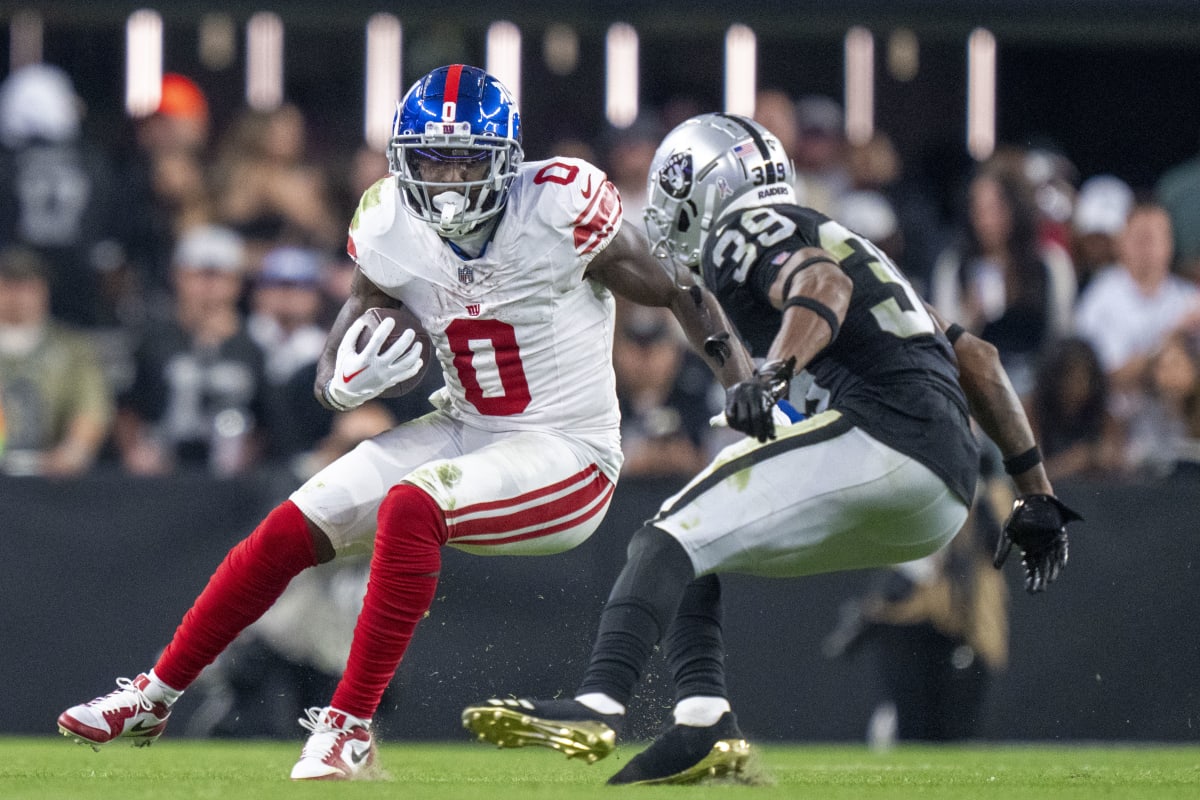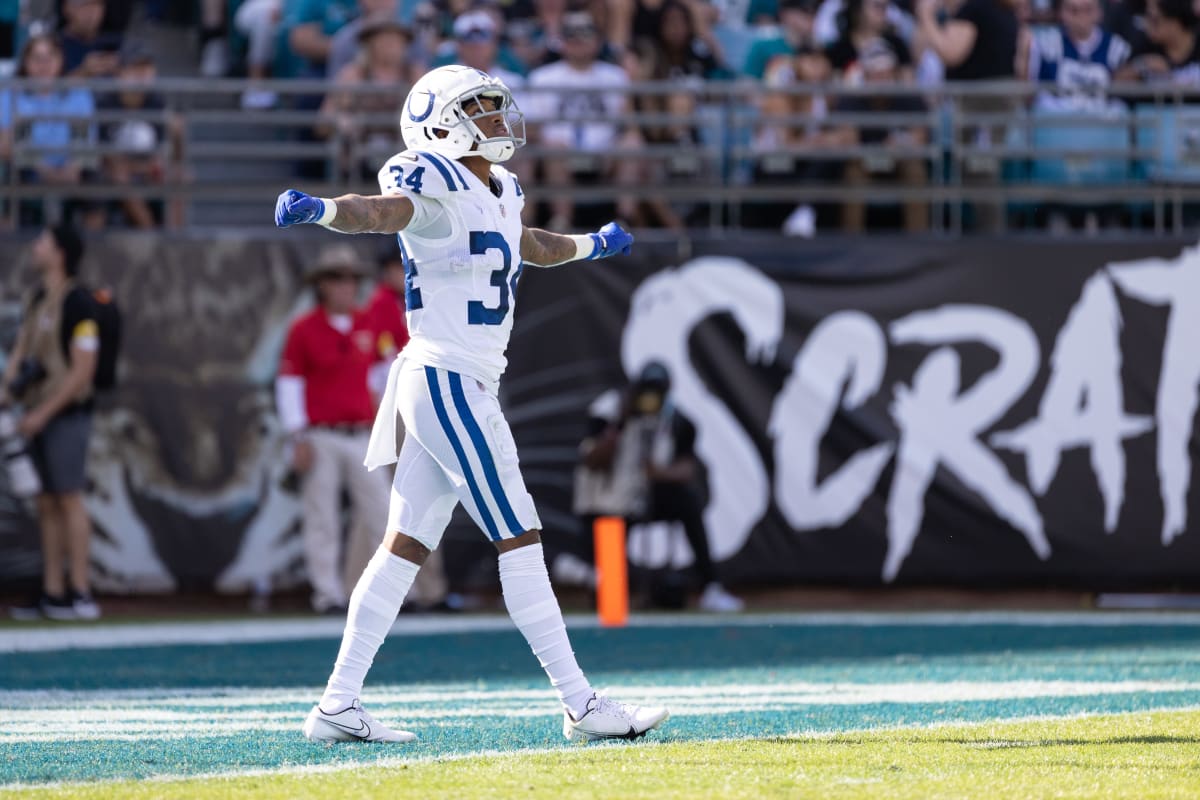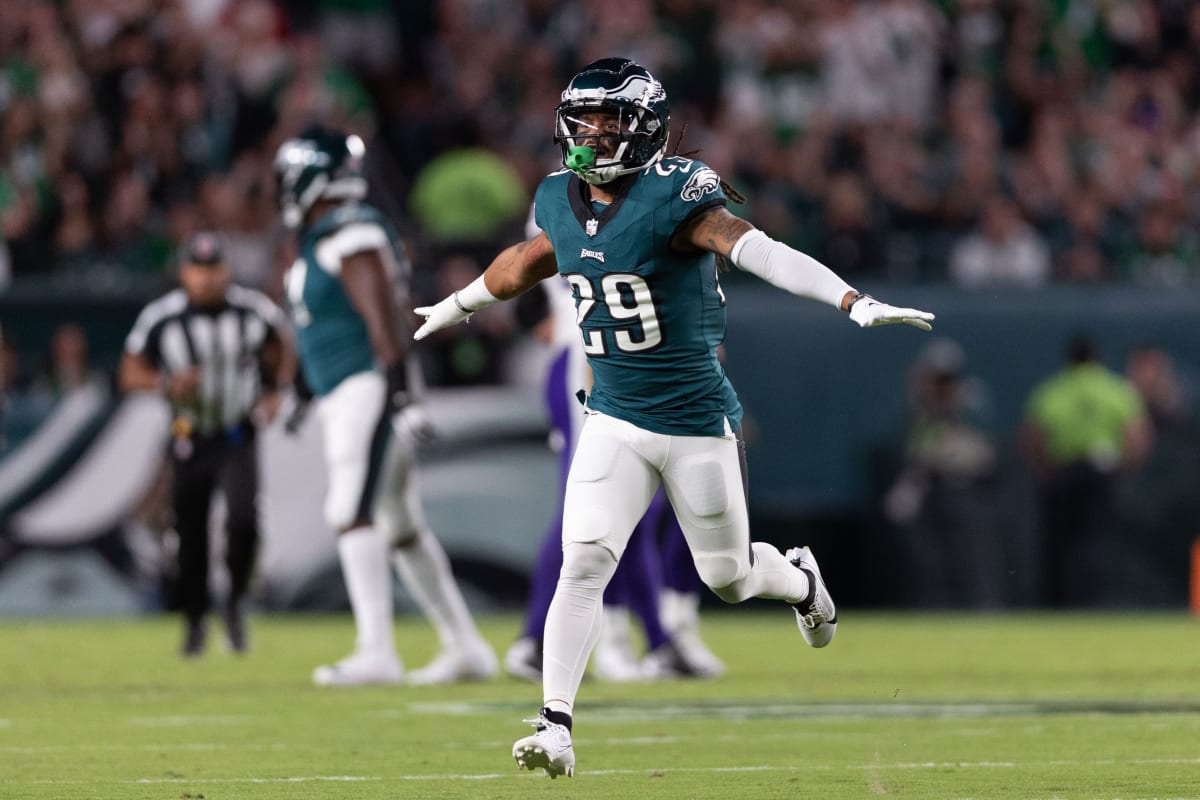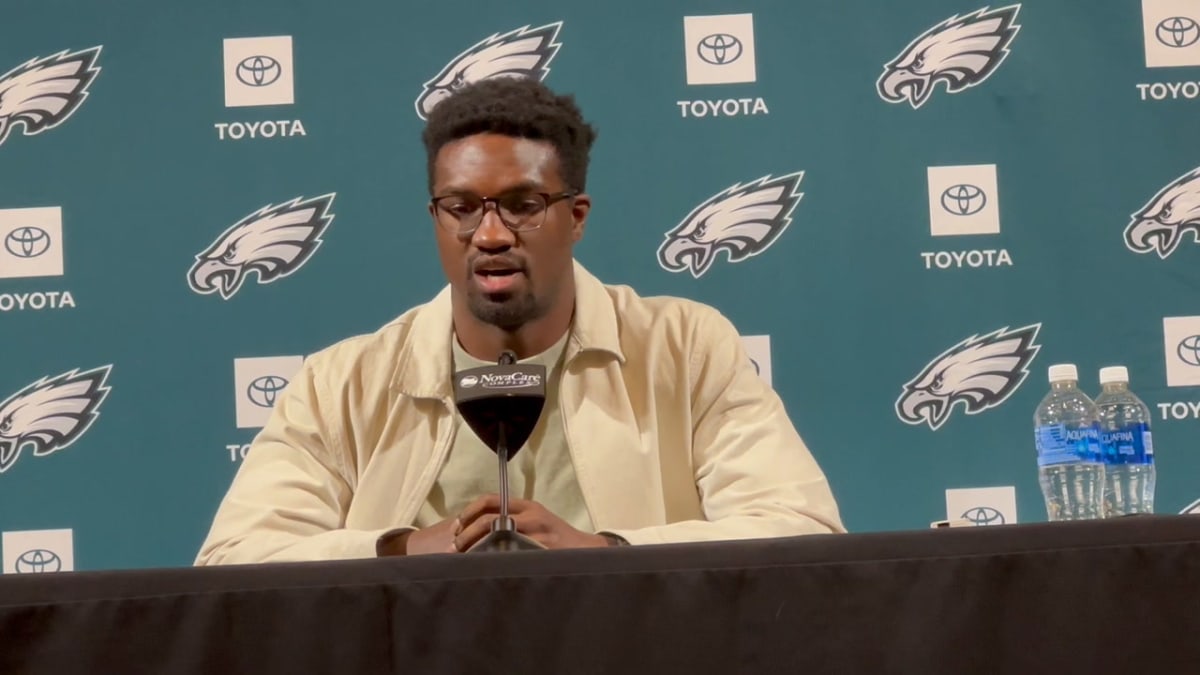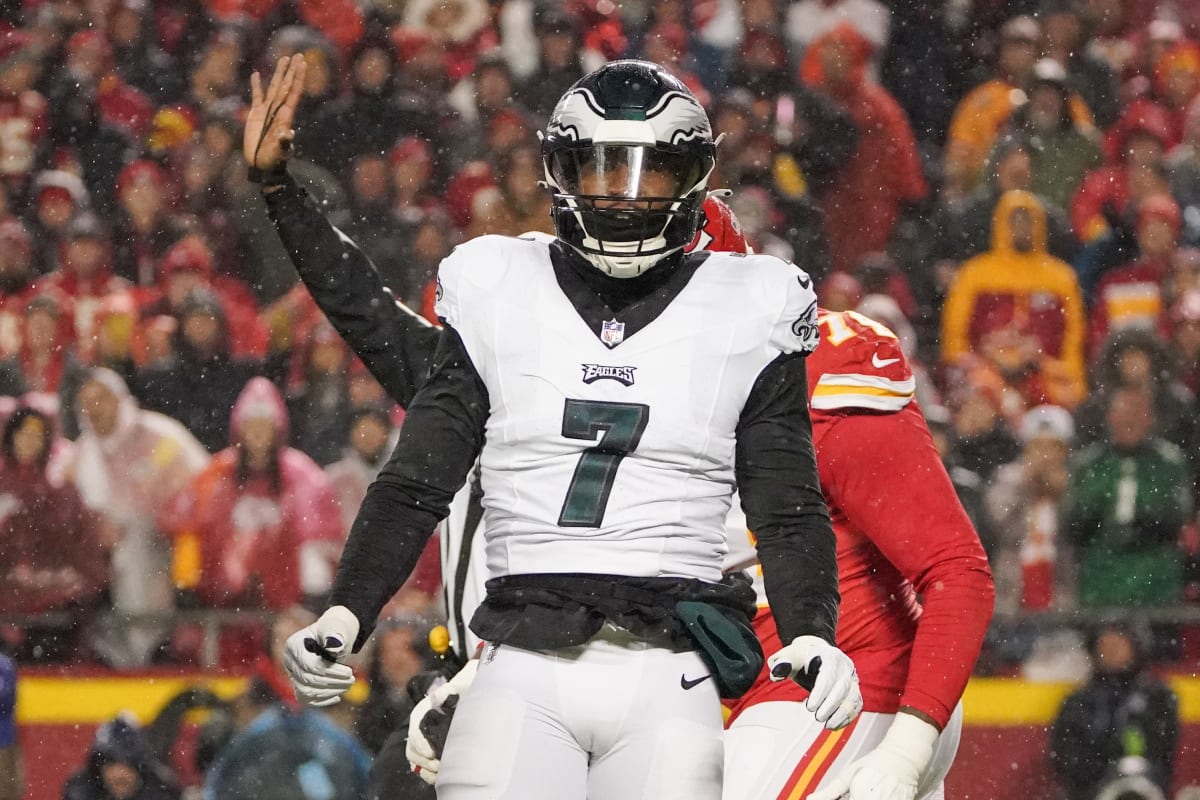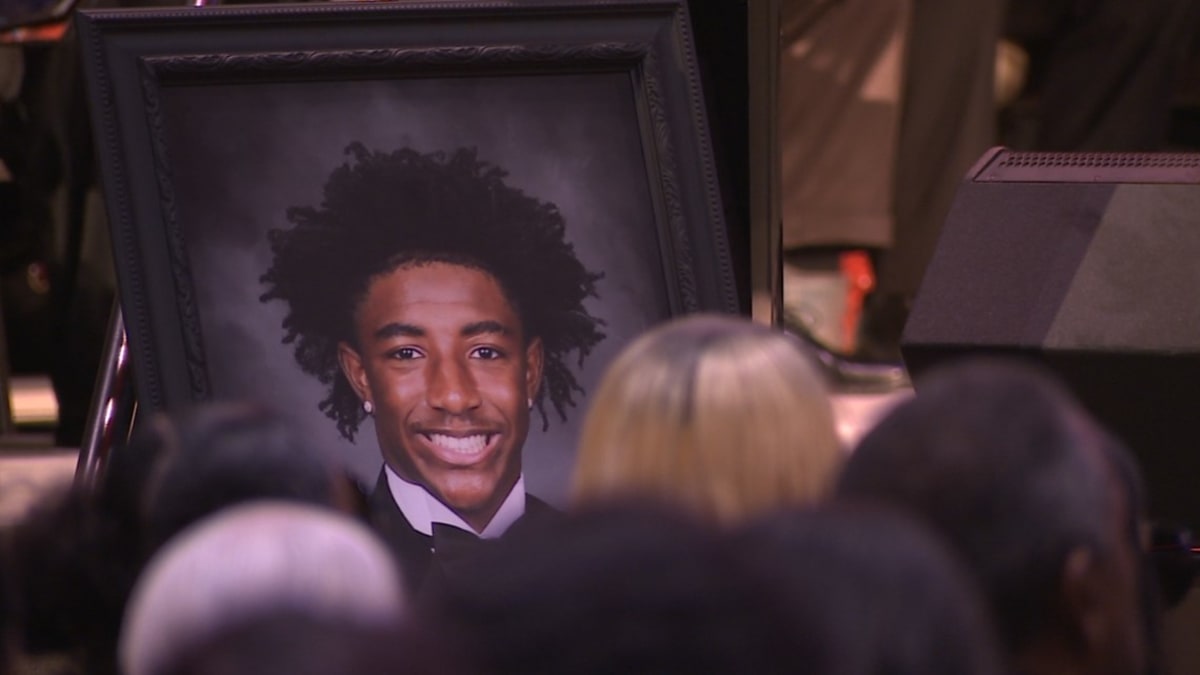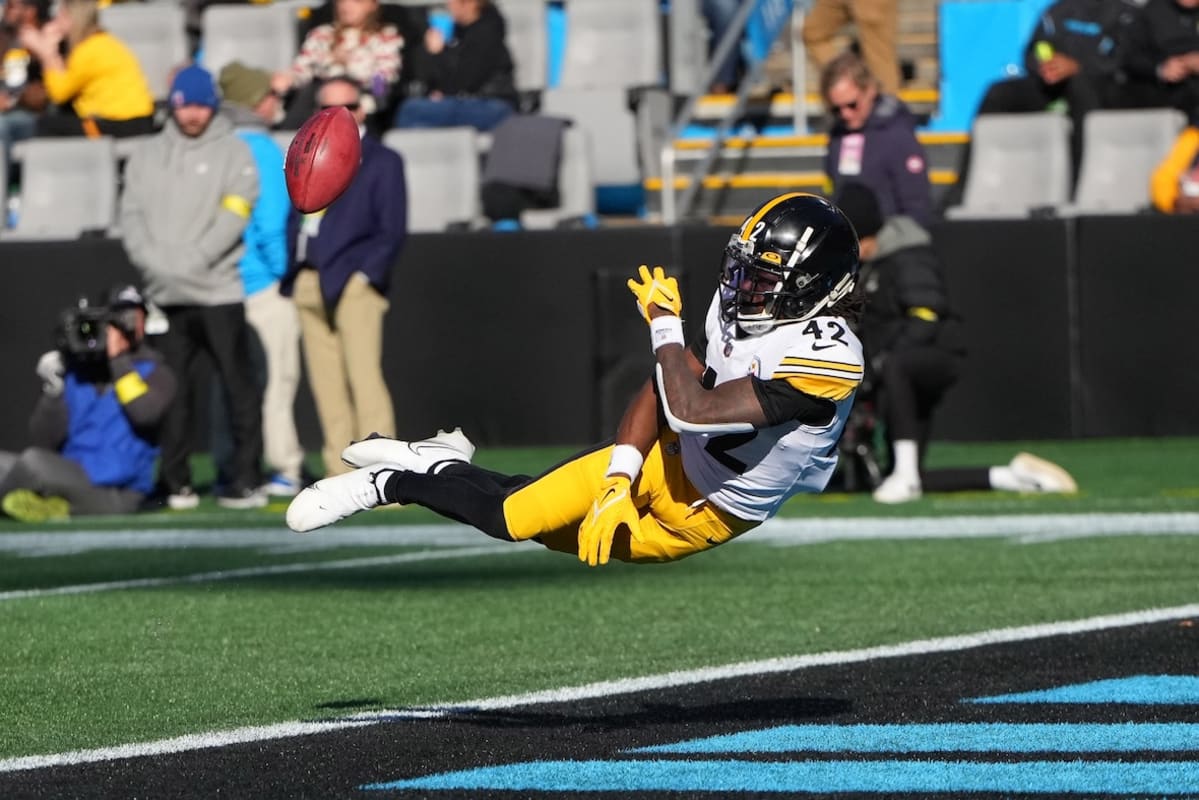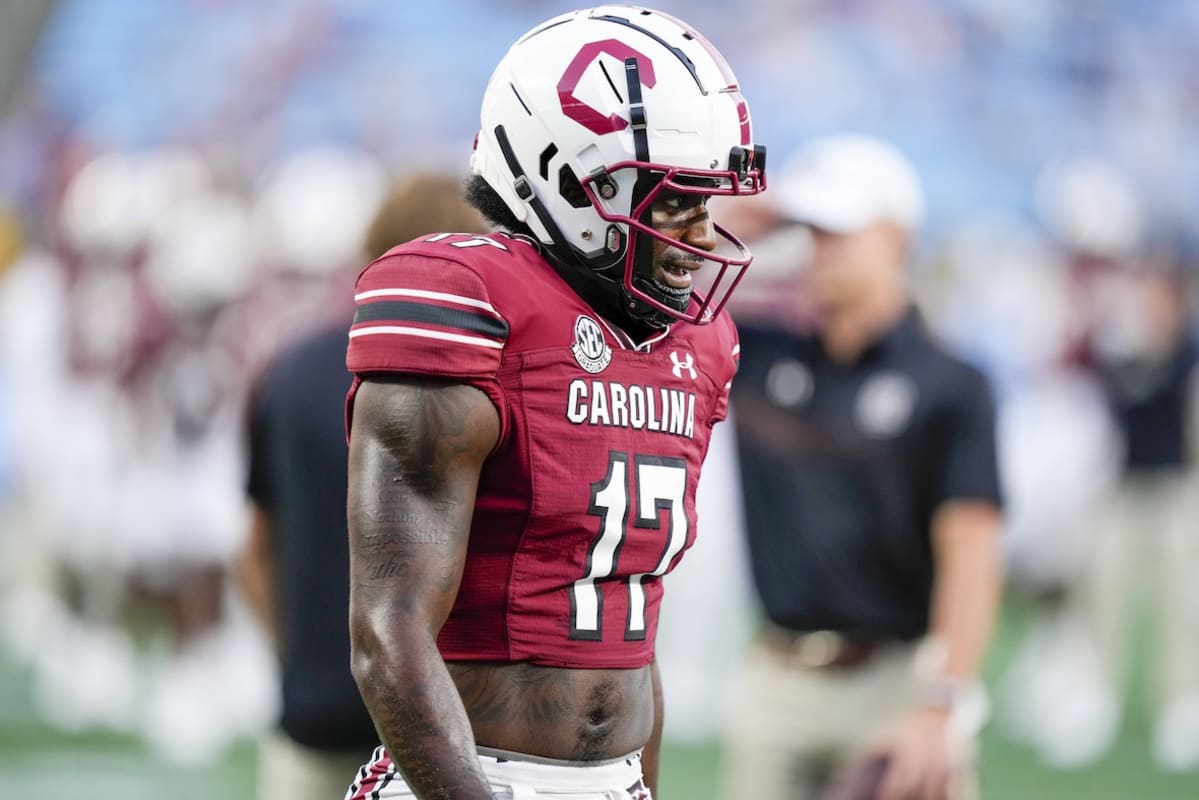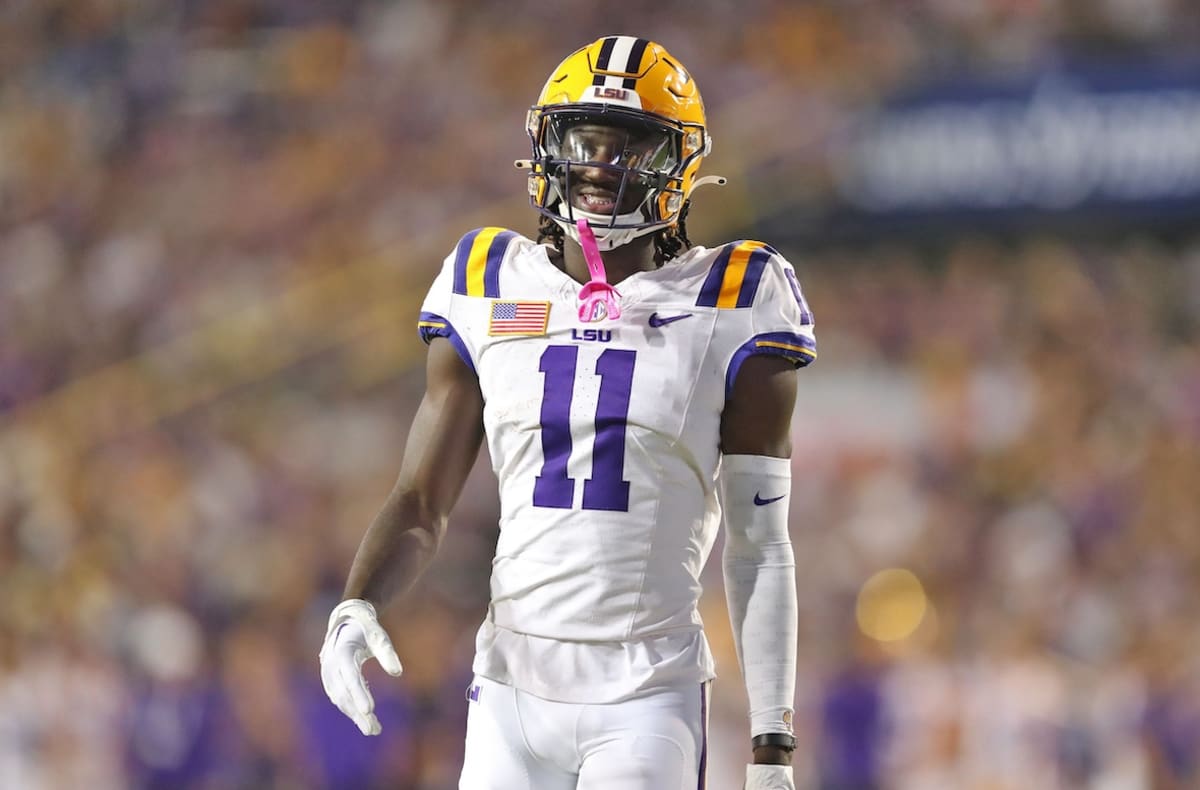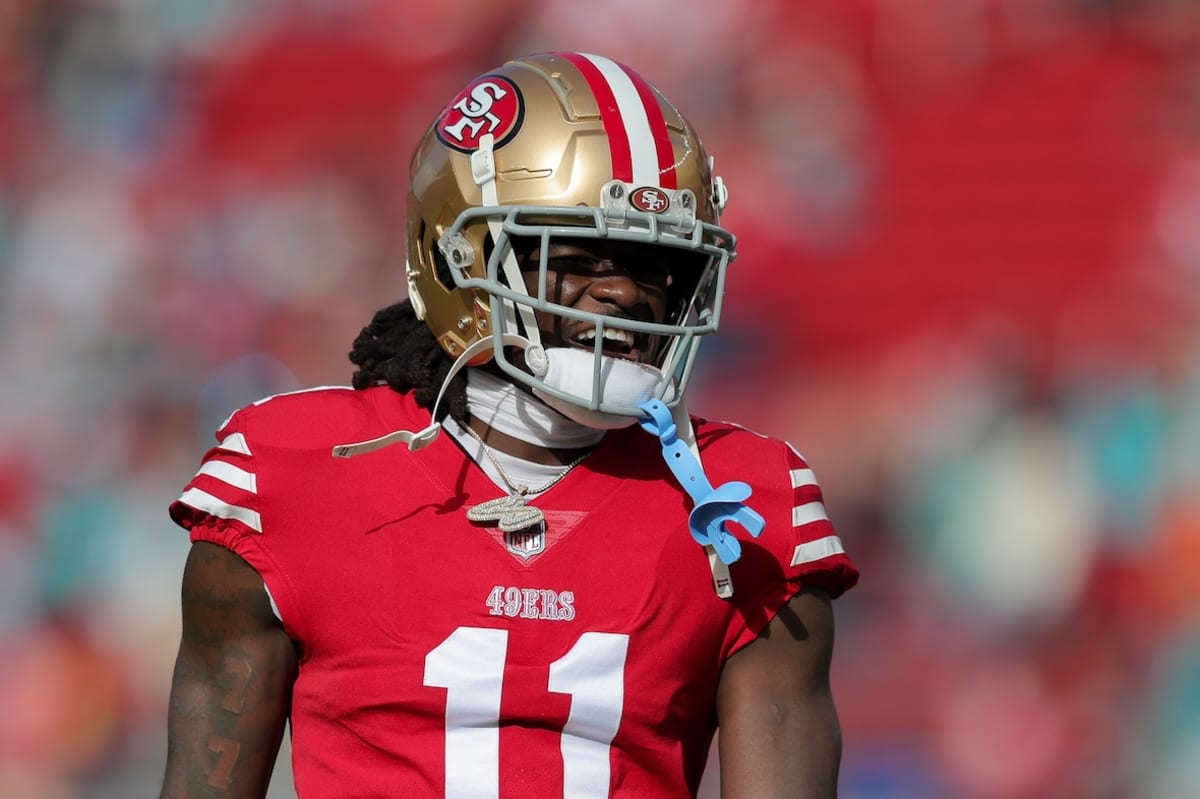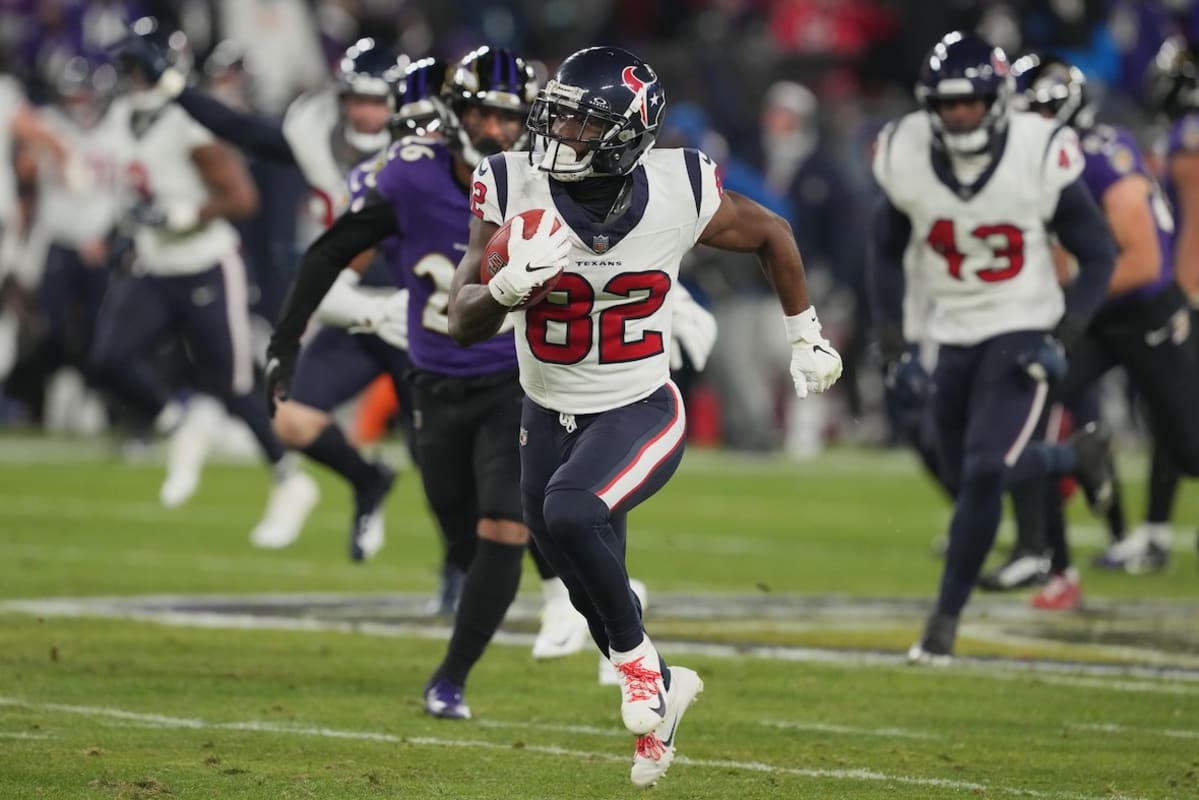PENNSYLVANIA (WHTM) – For many, childhood is associated with late nights at the ballpark, early mornings at the gymnasium, and team pizza parties after the end of a season. But some children don’t get to build these memories, not by choice, but because of their family’s economic status.
The economic divide
According to Project Play, the average family pays $833 annually for one child’s participation in their primary sport. However, some families’ financial focus is on putting food on the table and they can’t spare that much money for one child’s extracurricular activity. This creates a divide between who can and can’t participate in sports.
The TeamSnap youth sports 2022 parent surveys from the Aspen Institute, Utah State University and Louisiana Tech University show the disparity in sports participation formed between different economic classes based on average income.
A family that makes less than $50,000 a year spends an average of $523 on one child’s primary sport; families that make $50,000-$149,999 spend $940; and families that make over $150,000 spend about $2,068 on one child’s sport.
This means children whose household falls in the lower income spectrum will likely compete in a less expensive sport, if they are able to play one at all.
The Aspen Institute and Utah State University found from the 2019 National Youth Sport Survey that the top three most expensive sports were ice hockey at $2,583 annually, skiing/snowboarding at $2,249 annually, and field hockey at $2,125 annually.
The three least expensive sports were track and field at $191 a year, flag football at $268 a year and skateboarding at $380 a year.
Of the three most affordable sports, only one of them can you compete at collegiately and earn a scholarship in, although it can be argued that flag football can lead to children competing in traditional football. Still, the top three most expensive sports are all played at colleges.
Sports participation in high school is the path some people rely on in order to gain admittance to colleges and fund their education. To make some high school teams, unless the students attend a small high school, students must undergo tryouts.
The Sports & Fitness Industry Association conducted a survey in 2021 that found that only 24% of six to 12-year-old kids from households that brought in $35,000 or less per year played sports whereas those from homes with $100,000 salaries saw 40% of children participate in sports.
Of course, kids who have more experience and started playing at a younger age are more likely to excel and earn a spot on the team and according to Project Play, household income is the number one factor in whether children will be introduced to sports at a young age.
No spot on a team means no chance of earning an athletic scholarship. For some, this is the end of their collegiate hopes.
Even if an athlete, whether they play for a local club or their high school, does not get offered a scholarship to continue their sport collegiately, they are still more likely to have successful college careers.
According to the Healthy Sport Index and the Women’s Sports Foundation, high school athletes have a higher chance of graduating from a four-year college than those who do not participate in high school sports. 73% of girl athletes and 59% of boy athletes are likely to attend college while 67% of girls who aren’t athletes and 53% of boys who aren’t athletes are likely to attend college.
The National Education Longitudinal Study reported similar outcomes that showed sports participation resulted in educational achievements and college degrees for athletes. However, that study also found that not only were kids more likely to attend college, but they also had better behavior and higher self-esteem.
For those whose route isn’t college, it’s been proven that athletes still develop tools through sports which can make them more marketable and valuable on whatever road they travel. Not every path to success is lined with a college degree, but for many that is the first step towards a lucrative career.
Sports equality in the keystone state
In Pennsylvania, the Pennsylvania Interscholastic Athletic Association (PIAA) continues to campaign for the importance of high school sports because they see it as a place where all kids can participate and a place where economic background doesn’t matter.
All are welcome, and encouraged, to play at PIAA schools.
“We want [sports programs] to be for all kids; we want any and all students to be able to benefit from it,” said PIAA Associate Executive Director Melissa Mertz. “As long as that student has an interest in it and certainly wants to put in the time and the effort, then I don’t think there’s as much of a barrier economically for the high school scene.”
Some PIAA schools charge for athletic participation and some don’t. Mertz noted that the PIAA doesn’t track what schools charge for athletic programming but said that from talking with schools they have found that those that do charge purposely keep costs low because they want students to join teams.
There are also programs at some PIAA schools that use a similar structure to the free and reduced lunch programs for students with their athletic fees.
“We always say this: high school sports are the best bang for your buck,” Mertz said. “They make it very cost effective and the value of it I think exceeds the cost.”
Mertz also commented that NIL (Name, Image, and Likeness) has started to change the scene and is allowing students who wish to benefit from their participation in high school sports, potentially economically, to do so. It empowers the youth to take charge of their own financial situations, should they choose to.
Although high school sports may be a better equalizer for sports participation, there are still other barriers related to economics that may not allow students to play sports after school. Some may be expected to, or feel they have to, work after school to make money which would take away any opportunity for extracurricular activities.
Having the ability to participate in high school sports, outside of the personal welfare benefits, can be important to college access as has been stated.
Sports and higher education
In Pennsylvania, the largest University is Pennsylvania State University-Main Campus, known for its athletic prowess in the Big Ten, which is home to 46,000 undergraduate students. According to US News, first-year students earn about $7,280 in scholarships or grants for those who qualify for need-based funding. In the fall of 2020, 45% of first-year students got financial aid based off of need.
However, in-state tuition was $18,898 for the 2021-22 school year and room and board was $10,958. That means that most first-year students who demonstrated need received only 24.38% of the funding required to attend Penn State. The remaining $22,576 for the first year had to be made up through outside scholarships and grants, family funding or loans.
Consider a child who comes from a family with little income. One of those options to make up the difference, potentially two, are impossible to achieve.
What would fill the gap between the dream and the opportunity would be an athletic scholarship.
Penn State reported on their 2022 Equity in Athletics Disclosure Act that they awarded a total of $22,362,565 ($12,641,841 for men’s teams, $9,720,724 for women’s teams) in athletically related student aid.
Students can only get a portion of this aid if they performed well enough in their respective high school sports. As was already noted, low-income students can sometimes be gatekept from this initial opportunity and therefore college. It could be argued that college and its relationship with athletics, and athletics’ reliance on monetary status to enter into the world of many sports, is continuing the cycle of locking families into generational socio-economical classes.
The ladder rungs are being chopped lower with every child that is missing from the roster of the local sports team and who instead watches longingly through a chain link fence. And Pennsylvania is not immune to this plight – every child in America and across the world is affected by the rising cost of sports participation.
In the fall of 2022, travel costs to play sports increased by 19% compared to the years before the COVID-19 pandemic, according to Project Play.
Bridging the gap
All hope might not be lost, however. People spent 23% less on individual sports lessons in the fall of 2022 according to the Team Snap parenting survey, however it is not clear whether this was because of a change in cost, or if people enrolled their children in less sports lessons.
Places such as Lancaster Rec are trying to make a difference in the future of Pennsylvania’s youth by offering scholarships for their youth sports programs, which were started in 2012. The scholarship is awarded to children who receive free or reduced-price lunch and live in Lancaster Township or the City of Lancaster.
“Even though Lancaster Rec strives to keep our programming at really low cost, typically 30 – 70% less than other programming in the area, we still find that families have a hard time accessing those programs without the scholarship fund,” said executive director at Lancaster Rec Heather Dighe.
According to the LancasterREC 2021 scholarship report, they provided 459 Youth Athletic Scholarships and 86% of families said that they could not participate in activities without the scholarship. Dighe noted that the pandemic did cause a drop in numbers as the 2019 report showed that 2,641 Youth Athletic Scholarships were provided. In 2019, 90% of families reported they would not have been able to participate without a scholarship.
“It’s not just numbers,” Dighe said. “It’s a kid who actually got to play this year because of these resources.”
Dighe noted that they offer over 40 different sports programs, including clinics that are either free, or at most $20, which run for a week to six weeks, depending on the program, and which allow kids to experience a sport without any huge financial commitment. The clinics are run by Lancaster school district high school coaches and athletes.
“Really my biggest hope for children and families that take part in our programs is that they feel like they are able to access something without barriers,” Dighe said. “That we are a welcoming and inclusive space that anyone can come to us and participate.”
Many of the scholarships are supported by local businesses and members of the community. These scholarships allow all kids to have an opportunity to form skills that are developed through sports. Some of these life lessons Dighe highlighted include having self-confidence, learning to work on a team and how to work to achieve a goal.
Even if these kids do not perform well in a sport and do not go on to play collegiately or earn a college scholarship from athletics, they still get equipped with skills to help them succeed in life.
The Philadelphia Youth Sports Collaborative (PYSC) is also working in the city of Brotherly Love to “expand and improve the delivery of youth sports in the city of Philadelphia” by providing “equitable access for all children to high-quality sports-based youth development programs”. The PYSC serves as an advocate organization.
“We do it [through] supporting the existing community, finding new opportunities [and] advocating to find policy solutions to the barriers that exist so that kids don’t play,” said executive director of the Philadelphia Youth Sports Collaborative Beth Devine.
A huge goal for the organization is to bring back recreation. Devine said that in Philadelphia, and in many places across the country, kids used to be able to go to a recreation center or a park and join t-shirt leagues. Now, youth sports have become commercialized and charge money for participation in any activity.
“We want to bring rec back,” Devine said. “We want that introductory pathway, and we want it to be something that’s staffed by trained individuals who know how to use sport to build relationships with kids.”
In Philadelphia, Devine estimates that it costs on average anywhere from $1,000 to $15,000 a year for one child to participate in a sport, depending on the activity.
“Every kid should play; it’s a fundamental right for a child to play,” Devine said. “And good cities provide that option and that opportunity. We’re proud of some of the solutions that we’ve put together in Philadelphia and how many people we have around the table saying ‘Yes, we believe kids should have access to play.’ All we can do is chip away at that and try to create opportunities.”
Programs such as these are helping to soften the harsh differences between economic classes and access to sports. Through initiatives like this, Pennsylvania kids will hopefully have a brighter future in sports, education and in life.









































